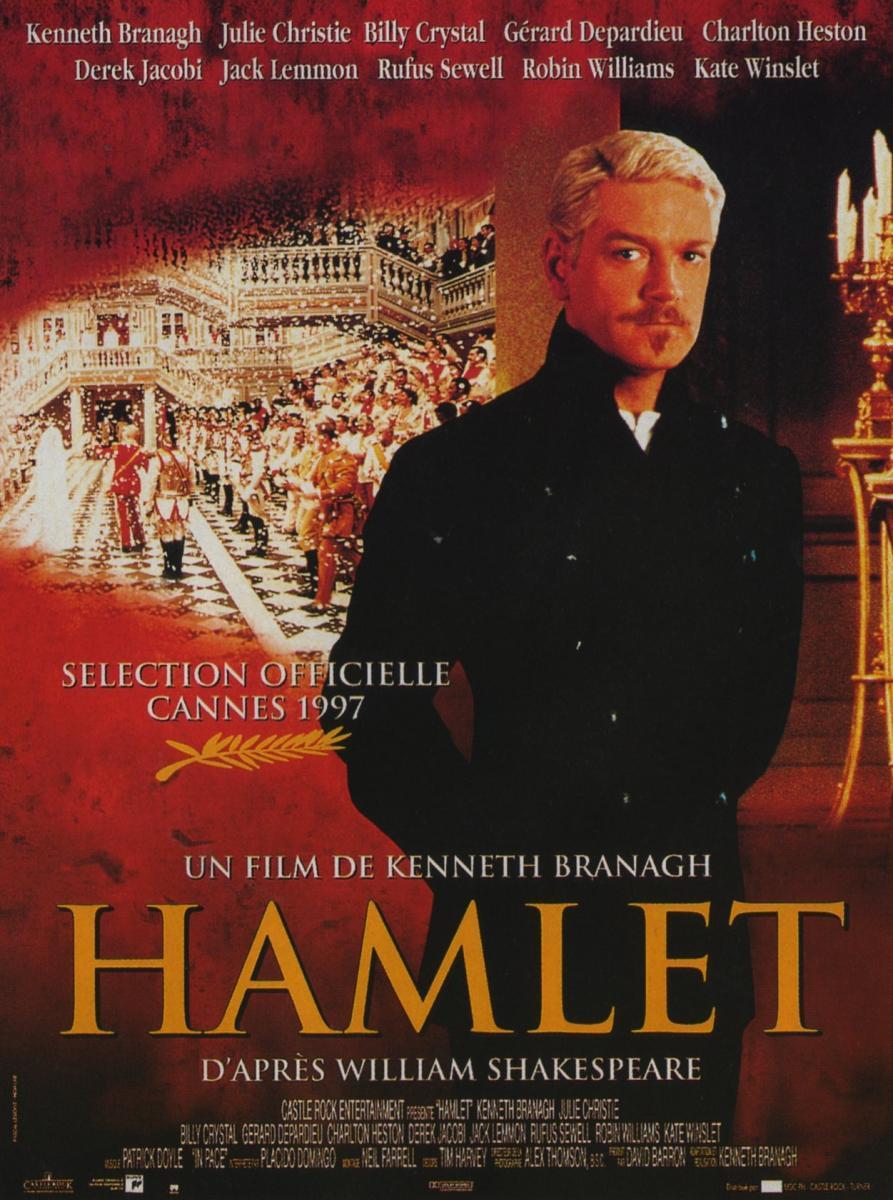This is a lesson plan I used recently with a 1-1 Up-Int student to introduce and practise wishes in the future, present and past. We'd revised all the conditionals, so 'wishes' seemed like a logical continuation, because of both a conceptual and a grammatical link. The class went down really well so I thought I'd share it here with you together with some reflections on the benefits or lack thereof of using gap-fills as controlled practice.
Reading:
IDEA: choose any topic that you think will go down well with your student(s). I chose Berlusconi, because the student is Italian and we'd had a few chats about the politics there, so I knew he'd be interested. In addition, Berlusconi's scandalous life lends itself nicely to the grammar point, as you'll see below.
1.
Schema activation: Do you know who Berlusconi is? What is he (in)famous for?
2.
Text Orientation: Read the title. What scandals might the author mention?
3.
Gist reading: Read the article quickly. Were any of your predictions correct? Which scandal is the biggest/most shocking in your opinion?
4.
Post reading discussion: What do you think about Berlusconi's life and political career? How do the scandals make you feel? How do you think other people feel about Berlusconi and his life?Do you think Berlusconi regrets his past behaviour and mistakes? (
IDEA: apart from a natural follow up to the text, this short discussion is linked to the next stage in which the new language is introduced)
Berlusconi's scandals – timeline
1990 Berlusconi found guilty of lying in court about his membership of subversive masonic lodge Propaganda 2. Conviction extinguished by amnesty, one of two from which he will benefit.
1995 Eight-month-old government falls after he is deserted by his ally, Umberto Bossi. For many, it is the end of a novel political experiment. But, after seven years in the wilderness, Berlusconi returns to power in 2001.
1998 Berlusconi gets a two year, nine month sentence for bribing his firm's tax inspectors. The conviction was later overturned and the case was "timed out" by a statute of limitations, something that gets him off the hook in five other trials.
2002 Acquitted of false accounting following a change in the law by his own government. The same thing happens three years later.
2004 President Carlo Azeglio Ciampi refuses to sign a bill which weakened independence of judiciary.
2007 Oggi magazine publishes "Berlusconi's Harem", with photos of him hand-in-hand with several young women at his villa on Sardinia.
2008 A former topless model, Mara Carfagna, becomes equal opportunities minister in his fourth government.
2009 Berlusconi's wife, Veronica Lario, announces she is leaving him because he "consorts with minors". The prime minister is found to have attended the 18th birthday party of an aspiring model and actress. The same year sees the release of a recording allegedly made by a prostitute in Berlusconi's bed.
2010: Investigation opened into the prime minister's "bunga bunga" parties and his relationship with a young Moroccan, Karima el-Mahroug.
2011 Berlusconi put on trial for allegedly paying a juvenile prostitute.
by John Hooper, The Guardian, Friday 14 October 2011 19.20 BST
I wish...
a) Above you discussed different opinions about Berlusconi and his life. Read the ones below. Did you mention any of them? Do you agree with them? Why (not)?:
1. I wish he wouldn’t lie.
2. I wish he were a better politician.
3. I wish he hadn’t got into so many scandals over the years.
4. I wish Berlusconi would change his behaviour.
5. I wish he retired from politics forever.
6. I wish he had gone to jail.
b) Do the sentences 1-6 above talk about real possibilities or dreams? Which sentences talk about (some sentences can go into more than one category):
• the present
• the future

• the past
• an annoying present habit
c) How do you make wishes:
• the present/the future: I wish + _______
• the past: I wish + __________
• an annoying present habit: I wish + ________
d) Do you have any wishes about Berlusconi’s life? You can base your answers on the article from the previous side.
e) Imagine Berlusconi decides to repent publicly and asks people to forgive him for his scandals. What wishes do you think he might make?
f) Think about other people or things that annoy you now or annoyed you in the past, or things you would like to change. Use wishes to talk about them. You can use the ideas below.
• your job
• celebrities
• TV commercials
• the weather
• sports
• politics and politicians
Comments and Reflections:
As you can see, I decided to omit the standard "fill-in-the-gaps" controlled practice. This was because I wanted to see how useful and necessary it is to have this stage. 99% of course book lesson will have it, and we incorporate it into lesson plans without often thinking why we do it.
Supposedly, it should have a positive impact on the learner's performance in more open and communicative activities. But how often have you done a gap-fill and moved on to a freer speaking practice and the learners were still struggling, making the same mistakes, etc. as if they hadn't had any controlled practice? Very often the move from accuracy to fluency just doesn't work.
So instead I asked the student to make his own wishes about Berlusconi (see point
d)). In a sense the activity was still quite controlled and guided, but much less so than if we had done a gap-fill. The student had to think both about the content and the language, which raised the procedural demands and made him process the language more deeply. It was also a natural response to the text and a natural follow up to the discussion. The student, I hoped, was also going to generate far more language than in a simple gap-fill.
The results were quite encouraging. The student produced a variety of sentences using the TL (correct and incorrect grammatically). I would say as much as he would have if he had done a traditional controlled practice before.
After the lesson I stumbled upon an excellent blog post by Luis Otávio Barros:
"Life Beyond Gap-fill?", in which he raises doubts about the benefits of gap-fills as controlled practice. It was interesting to see that my initial "experiment" and hunch was in a sense backed by his article.
Of course, the need for controlled practice and the amount/degree of it, might depend on an individual/group. However, as Luis argues in the article, we should re-think why we do gap-fills and whether they are perhaps better alternatives or short-cuts to production.
In my next classes when I teach a language point, I'll also try to circumvent the traditional gap-fill stage using some of the ideas described above and in Luis' article, and see what the results are. I'll keep you all posted.











